| Description |
- Connects USB-B devices (e.g., printers, scanners)
- Supports USB 2.0 data transfer (up to 480 Mbps)
- Durable construction with reinforced connectors
- Available lengths: 1m to 3m (3.3ft to 10ft)
- Plug-and-play; no drivers needed
- Ideal for specialized industrial use and device communication
|
- Bridges Thunderbolt-enabled devices to DisplayPort displays.
- Supports various resolutions.
- Offers plug-and-play functionality.
- Compact design for convenience.
|
- Bluetooth Connectivity: Adds Bluetooth to devices.
- Plug-and-Play: Simple USB installation.
- Compact and Portable: Easy to carry.
- Wireless Audio: Streams music wirelessly.
- Data Transfer: Transfers files between devices.
- Compatibility: Works with various OS.
- Range: Typical range up to 10m.
- Bluetooth Versions: Supports different versions.
|
- Connectivity: Mini DisplayPort to Display
- Compatibility: MacBooks, Ultrabooks, Monitors
- Resolution Support: HD, Quad HD, Ultra HD
- Audio/Video Transmission
- Durable Construction
- Plug-and-Play
- Length Options
- Versatile Usage
|
- Connectivity: Links devices with Mini HDMI outputs to HDMI inputs.
- Compatibility: Works with Mini HDMI technology, common in cameras and tablets.
- Resolution Support: Transmits SD, HD, and possibly 4K resolutions.
- Audio and Video: Delivers both audio and video signals.
- Construction: Durable materials ensure reliable signal transmission.
- Length Options: Available in various lengths for different setups.
- Plug-and-Play: Simple connection without additional software.
- Versatility: Suitable for cameras, tablets, and other devices to connect to TVs, monitors, or projectors.
|
- Parallel Connectivity: Links printers, scanners to computers.
- Durable Construction: Long-lasting materials.
- Standard Connectors: DB25 connectors.
- High-Speed Transfer: Fast data exchange.
- Various Lengths: Fits different setups.
- Plug-and-Play: Easy installation.
- Compatibility: Works with many devices.
|
| Content | USB-B to USB-B cables are designed to connect devices with USB-B ports. These cables are typically used for connecting certain peripherals, such as printers, scanners, and other devices, to each other or to a computer with a USB-B interface.
Key Features:
- Universal Compatibility:
- USB-B End: Fits standard USB-B ports found on many older peripherals like printers, scanners, and some external hard drives.
- Data Transfer:
- Provides reliable data transfer between devices with USB-B ports.
- Typically supports data transfer rates up to USB 2.0 standard (480 Mbps).
- Durability and Build Quality:
- Constructed with high-quality materials to ensure longevity and resistance to wear and tear.
- Often features reinforced connectors and durable cable sheathing.
- Lengths and Flexibility:
- Available in various lengths to suit different setup requirements, commonly ranging from 1 meter (3.3 feet) to 3 meters (10 feet).
- Plug-and-Play:
- Easy to use with no need for additional drivers or software for most operating systems.
Typical Use Cases:
- Connecting Printers and Scanners:
- Ideal for connecting USB-B equipped printers and scanners to computers or other devices.
- Inter-Device Communication:
- Facilitates direct communication between two USB-B equipped devices.
- Specialized Applications:
- Used in some industrial and professional environments where specific devices require USB-B connections.
| A Thunderbolt-to-DisplayPort adapter is a device used to connect a Thunderbolt-enabled device, such as a computer or laptop, to a DisplayPort-enabled display or monitor.
Here's a brief description of its functionality and features:
- Connectivity: The adapter allows you to bridge the gap between devices with Thunderbolt ports and displays equipped with DisplayPort connectors.
- Compatibility: It is designed to work with devices that have Thunderbolt ports, including MacBooks, PCs, and laptops, and displays that support DisplayPort connections.
- Display Support: It enables you to transmit video and audio signals from your Thunderbolt device to the DisplayPort display, allowing you to mirror or extend your screen.
- Resolution Support: Depending on the specific adapter and the capabilities of your devices, it may support various resolutions, including Full HD (1080p), Quad HD (1440p), and even Ultra HD (4K) resolutions.
- Plug-and-Play: In most cases, these adapters are plug-and-play devices, requiring no additional software installation. Simply connect the adapter to your Thunderbolt port and the DisplayPort cable to your display, and your devices should recognize each other.
- Compact Design: They typically have a compact and portable design, making them convenient for travel or use in different work environments.
- Bi-Directional Support: Some adapters may support bi-directional functionality, allowing you to connect a Thunderbolt-enabled display to a device with a DisplayPort output.
Overall, Thunderbolt-to-DisplayPort adapters provide a simple and effective solution for connecting Thunderbolt devices to DisplayPort displays, ensuring compatibility and seamless transmission of audio and video signals. | Bluetooth dongles, also known as Bluetooth adapters, are small devices that enable Bluetooth connectivity for devices that do not have built-in Bluetooth capabilities. They are commonly used to add wireless connectivity to computers, laptops, and other devices, allowing for easy data transfer, audio streaming, and device pairing.
Key Features:
- Bluetooth Connectivity: Adds Bluetooth functionality to devices without built-in Bluetooth support, enabling wireless communication with other Bluetooth-enabled devices such as smartphones, headphones, and speakers.
- Plug-and-Play: Simple installation process; plug the dongle into a USB port, and it's ready to use with no additional drivers required for most operating systems.
- Compact and Portable: Small, lightweight design makes them easy to carry and use with multiple devices, ideal for travel and on-the-go use.
- Wireless Audio Streaming: Supports Bluetooth audio streaming, allowing users to wirelessly stream music, podcasts, and other audio content to compatible Bluetooth speakers or headphones.
- Data Transfer: Facilitates wireless data transfer between devices, such as transferring files between a computer and a smartphone or tablet.
- Range: Provides a typical range of up to 10 meters (33 feet), depending on environmental factors such as obstacles and interference.
- Compatibility: Works with a wide range of operating systems, including Windows, macOS, Linux, Android, and others.
- Bluetooth Versions: Available in different Bluetooth versions (e.g., Bluetooth 4.0, Bluetooth 5.0), offering varying levels of performance, range, and energy efficiency.
- Low Energy Support: Some models support Bluetooth Low Energy (BLE) technology, which is ideal for applications requiring minimal power consumption, such as Bluetooth-enabled wearable devices.
Typical Use Cases:
- Connecting Peripherals: Pairing wireless keyboards, mice, and other peripherals with computers or laptops.
- Audio Streaming: Streaming music, podcasts, or other audio content from a computer or mobile device to Bluetooth speakers or headphones.
- File Transfer: Transferring files between devices wirelessly, such as photos, documents, or music files.
- Gaming: Using wireless game controllers or accessories with computers or gaming consoles.
- Hands-Free Calling: Pairing smartphones with Bluetooth-enabled car stereos or headsets for hands-free calling while driving.
|
Standard Mini DisplayPort cables are used to connect devices with Mini DisplayPort outputs to displays, monitors, or other devices with compatible inputs. Here's a description of their features:
- Connectivity: Mini DisplayPort cables provide a reliable connection between devices with Mini DisplayPort outputs, such as laptops, desktop computers, or tablets, and displays or monitors equipped with Mini DisplayPort or Thunderbolt inputs.
- Compatibility: These cables are compatible with devices that support Mini DisplayPort or Thunderbolt technology, including many MacBooks, Ultrabooks, and Microsoft Surface devices, as well as monitors and displays from various manufacturers.
- Resolution Support: Mini DisplayPort cables support various resolutions, including standard HD (1080p), Quad HD (1440p), and even Ultra HD (4K), depending on the capabilities of the connected devices.
- Audio and Video: Mini DisplayPort cables can transmit both audio and video signals, allowing users to enjoy high-definition multimedia content on compatible displays or monitors.
- Construction: These cables are typically constructed with high-quality materials to ensure durability and reliable signal transmission. They may feature gold-plated connectors for better conductivity and resistance to corrosion.
- Length Options: Mini DisplayPort cables are available in various lengths to accommodate different setups and distances between devices and displays.
- Plug-and-Play: They are generally plug-and-play devices, requiring no additional drivers or software installation. Users can simply plug one end of the cable into the Mini DisplayPort output of their device and the other end into the Mini DisplayPort or Thunderbolt input of their display.
- Versatility: Mini DisplayPort cables are versatile and can be used for various applications, including connecting laptops to external monitors for extended desktop setups, connecting tablets to projectors for presentations, or connecting desktop computers to high-resolution displays for gaming or video editing.
Overall, Standard Mini DisplayPort cables offer a convenient and reliable solution for connecting compatible devices to displays or monitors, enabling high-quality audio and video transmission for a wide range of applications.
| Standard Mini HDMI cables are used to connect devices with Mini HDMI outputs to displays, monitors, or other devices with compatible HDMI inputs. Here's a description of their features:
- Connectivity: Standard Mini HDMI cables provide a reliable connection between devices with Mini HDMI outputs, such as cameras, camcorders, or tablets, and displays, TVs, or projectors equipped with HDMI inputs.
- Compatibility: These cables are compatible with devices that support Mini HDMI technology, including many digital cameras, camcorders, and portable devices. They can connect to HDMI displays, TVs, or projectors from various manufacturers.
- Resolution Support: Standard Mini HDMI cables support various resolutions, including standard definition (SD), high definition (HD), and even some higher resolutions like 4K, depending on the capabilities of the connected devices.
- Audio and Video: Mini HDMI cables transmit both audio and video signals, allowing users to enjoy high-definition multimedia content on compatible HDMI displays or monitors.
- Construction: These cables are typically constructed with high-quality materials to ensure durability and reliable signal transmission. They may feature gold-plated connectors for better conductivity and resistance to corrosion.
- Length Options: Standard Mini HDMI cables are available in various lengths to accommodate different setups and distances between devices and displays.
- Plug-and-Play: They are generally plug-and-play devices, requiring no additional drivers or software installation. Users can simply plug one end of the cable into the Mini HDMI output of their device and the other end into the HDMI input of their display.
- Versatility: Standard Mini HDMI cables are versatile and can be used for various applications, including connecting cameras or camcorders to TVs or monitors for viewing photos or videos, streaming content from tablets to TVs, or extending desktop setups to larger displays.
Overall, Standard Mini HDMI cables offer a convenient and reliable solution for connecting devices with Mini HDMI outputs to HDMI displays or monitors, enabling seamless audio and video transmission for a wide range of applications. |
Parallel printer cables are essential accessories for connecting printers, scanners, and other parallel devices to computers and other compatible devices. These cables facilitate data transfer between devices, allowing for efficient printing and document scanning.
Key Features:
- Parallel Connectivity: Designed specifically for parallel ports, these cables provide reliable connections between printers, scanners, and computers.
- Durable Construction: Made with high-quality materials to ensure durability and longevity, even with frequent use.
- Standardized Connectors: Equipped with standard DB25 connectors on both ends for compatibility with various devices.
- Bi-Directional Communication: Supports bi-directional communication between the connected devices, enabling efficient data transfer.
- High-Speed Data Transfer: Capable of transferring data at high speeds, ensuring fast printing and scanning processes.
- Shielded Design: Shielded construction minimizes electromagnetic interference, ensuring stable connections and data integrity.
- Various Lengths: Available in various lengths to accommodate different setup configurations and distances between devices.
- Plug-and-Play: Simple installation process; just connect the cable to the parallel ports on the devices, and they're ready to use.
- Compatibility: Compatible with a wide range of printers, scanners, and computers equipped with parallel ports.
Typical Use Cases:
- Connecting Printers: Used to connect dot matrix printers, laser printers, and other parallel printers to computers.
- Scanning Documents: Connects scanners to computers for document scanning and digitalization.
- Legacy Devices: Useful for connecting older devices with parallel ports to modern computers or printers.
- Industrial Applications: Used in industrial environments for connecting printers, barcode scanners, and other devices.
Considerations for Purchase:
- Length: Choose a cable length that suits your setup and the distance between devices.
- Connector Type: Ensure compatibility with the parallel ports on your devices (DB25 connectors are most common).
- Durability: Look for cables with sturdy construction and good shielding to ensure reliability and longevity.
- Compatibility: Verify compatibility with your devices' operating systems and parallel port specifications.
- Bi-Directional Support: If bi-directional communication is required for your devices, ensure that the cable supports this feature.
Parallel printer cables provide a simple and effective solution for connecting printers, scanners, and other parallel devices to computers, facilitating efficient data transfer and reliable operation.
|

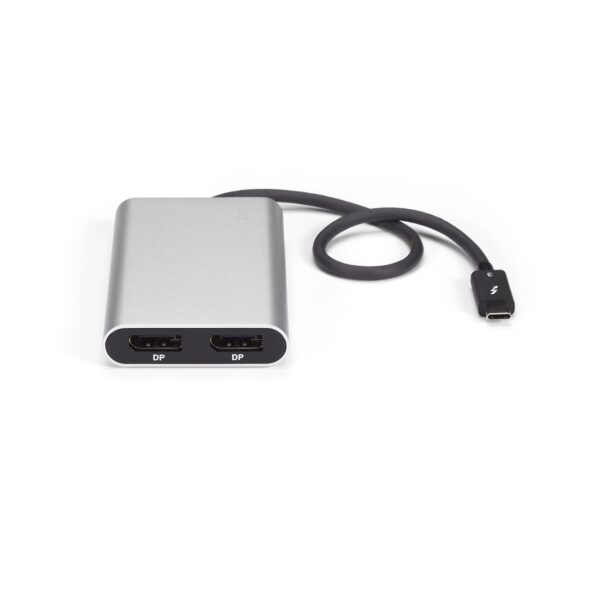
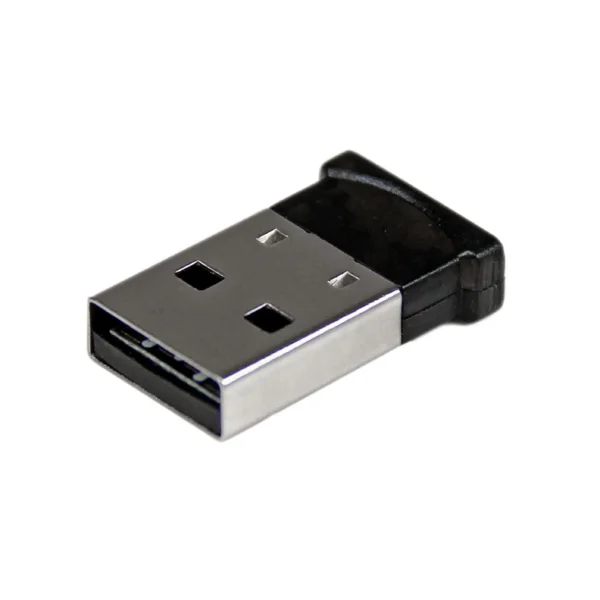
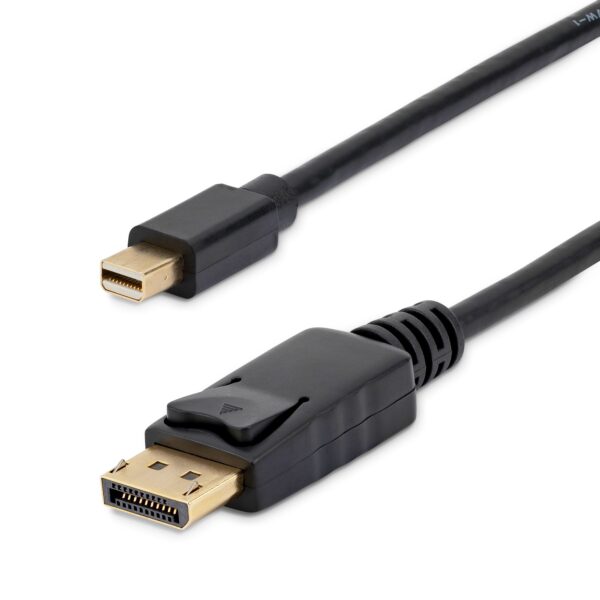
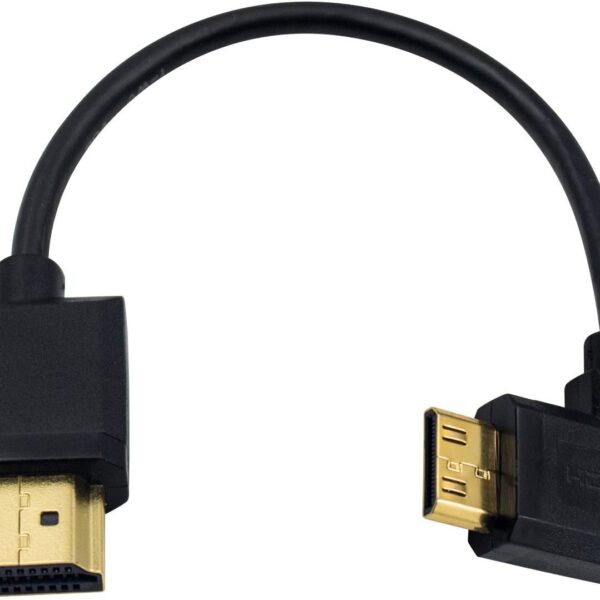
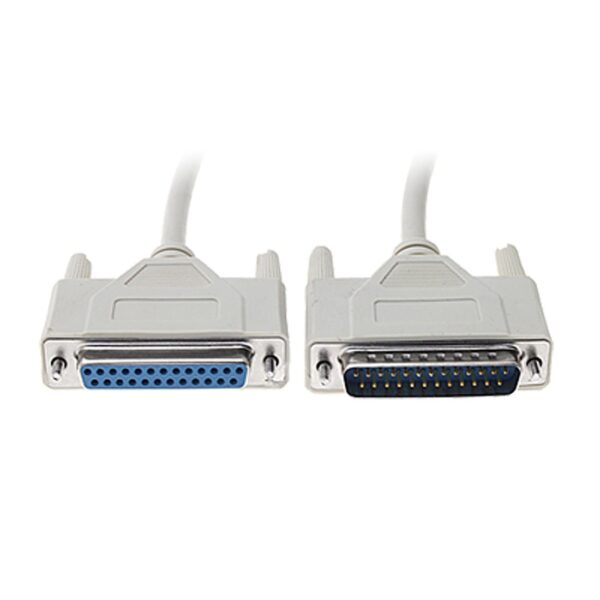
















Rating & Review
There are no reviews yet.